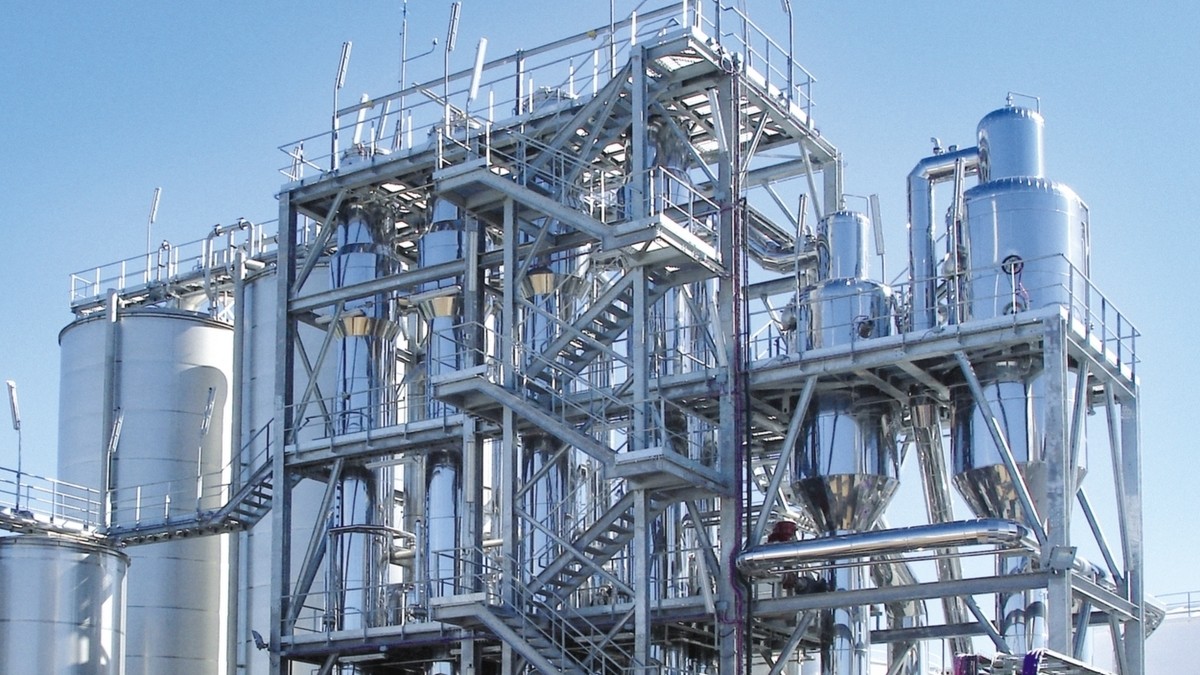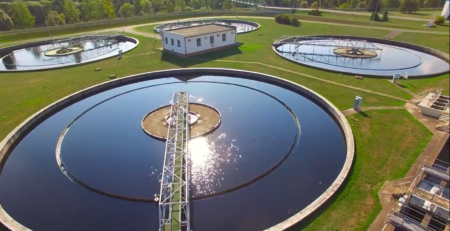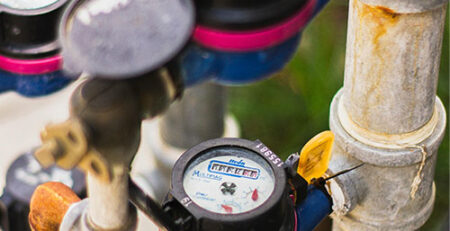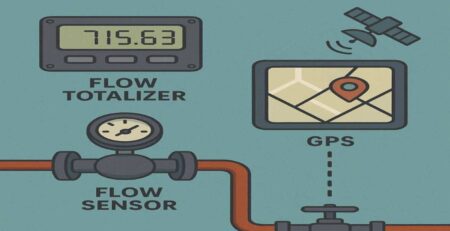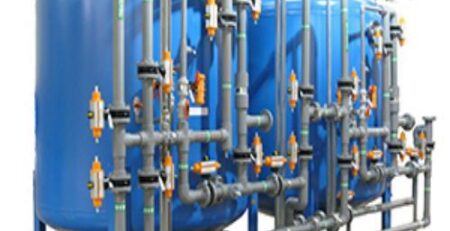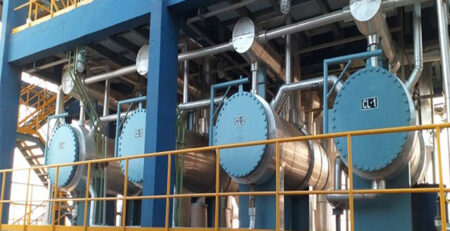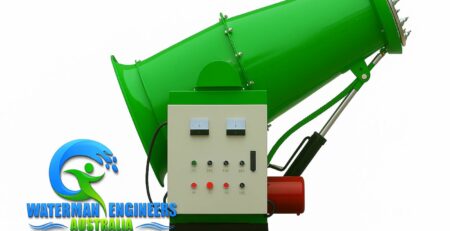Nutrients and their Role in Pre-treatment of Effluents
Introduction
We need to carefully regulate Nutrient dosing in effluent. To obtain a favorable nutrient ratio result in good quality effluent. Live monitoring of organic loading in wastewater through COD, TOC, or BOD give information about waste and organic loading as well as also give important information for attaining the correct nutrition dosage.
The real time monitoring of nutrient dosage in waste water during the pre-treatment of waste water needs proper attention for this purpose we need to maintain these points:
- The cost of chemical saves through adequate nutrition ratios, as well as avoiding under dosing- or overdose
- Nutrient dosing also optimizes the process and also increase the efficiency of process
- Timely detection of increased periods and active responses to meet effluent criteria
Nutrients and Effluents
Waste water released from different kind of industries, as well as from different processing unit mostly contain, high carbon content and also contain nitrogen and phosphorus in low amount. When wastewater that mainly released from different kind of industries is biologically treated, it is desirable to keep the ratio of carbon, nitrogen and phosphorus about 100:5:1. But industrial effluents lack this appropriate amount of C, N, and P so it should be supplied from outside sources to make biological treatment effective. The effluents that released from industries contain number of microorganisms, algae and fungi so we appropriate amount of glucose, peptone and other nutrient material that remove the microorganisms from waste water.
Ideal Ratio of Nutrient in Effluents
Nutrient supply management is important because if we add little amount of nutrient, it reduces treatment efficiency, but if we add nutrient in large amount it increases expenses of process and if we introduces undesirable nutrients into the effluent, it require additional treatment or causing compliance concerns. So large amount of nutrient increases that used treat water or effluents. The amount of Phosphorus and Nitrogen that is added mostly determined by the added carbon load, which would be determined by the concentration of organic substances. BOD, COD, and through TOC in waste water and it is examples is common organic measuring metrics TOC.
N and P as Nutrient in Effluents
When nitrogen or phosphorus are added in wastewater, the biomass is increased. The addition of nitrogen in greywater accelerated the sludge in the predicted way. Cobalt, copper, iron, and molybdenum were added to waste water to promote biomass, and its result in decrease in COD up to 200 % with molybdenum. Copper, molybdenum, zinc, and aluminium showed that to stimulate productivity when nutrients were added to manufacture greywater.
Advancement in Nutrient Addition
Micronutrient supplements that we add to wastewater have the ability to enhance the effectiveness of biological wastewater treatment systems. The result of micronutrient addition in wastewater showed that supplements activated sludge that deals with phosphorus-limited wastewater with micro and macronutrients and it resulted in improved COD removal than sludge that had no additives at all. Many of the vitamins are boosters, supporting previous studies that showed microbiological needs for niacin, lactoflavin, and pyridoxine. Vitamin supplements used as a nutrient promoted biomass more than phosphorus. It also suggests that the commonly used C: N: P ratio is a simple method that tells us about the nutritional needs of processed sludge. In various commercial pretreatment plants, niacin is used as the dose that has been shown to improve the removal of COD and treat poor MLSS. The intestinal species of bacteria produce niacin from ammonia, wastewater treatment plants that collect residential wastewater obtain a huge quantity of niacin14, much beyond the recommended quantity of 1.0 mg. Some cultures of activated sludge have indicated that there is no need for these vitamins, although earlier studies used sludge and treat it with municipal wastewater, and it’s likely that yeast strains and fungi in the wastewater that give sufficient lactoflavin and pyridoxine in this case. The COD elimination was achieved by the addition of pyridoxine in the sludge. The potential of pyridoxine to treat phosphorus shortage over time remains unclear. Pyridoxine is hydrolysed into components like pyridoxal phosphate for metabolism. The supplements that lack a regular supply of phosphorus could be useless. Moreover, pyridoxine is susceptible to chemical interactions. The decrease in COD was achieved by sludge samples dosed with pyridoxine. The other vitamins were also added. It has been observed that microorganisms degrading industrial wastewater do not require pyridoxine dosages. There decline in oxygen uptake rates, which was not coupled with lower carbohydrate breakdown, suggests that metabolic reaction has been disrupted in effluents Bacterial physiological activity may be completely inhibited or hindered only at one side either anabolism or catabolism and also affecting metabolic balance.
Nutrient in treatment of Mining, pharmaceutical and textile industry effluents
Despite significant improvements in the efficacy of biological method, there are still certain limits, so major studies showed that 80% using simulated or artificial effluents and nutrient supplies. Nutrients, are also used by the bacterial diversity in the primary treatment. Decolorization and other process efficiency in a synthetic effluent rises from 71.3 to 96.3 %. The addition of nutrient like of 3.00 g L–1 beef extract, 5.00 g L–1 glucose, and 2.00 g L–1 peptone in the textile industry, pharmaceutical and mining industry for pre-treatment of effluents. Glucose is also used as a nutrient that results in terms of decreasing COD and decolorization. The nutrient addition in the pre-treatment of effluents, particularly in the textile sector, pharmaceutical and mining industries have good outcomes.
Advantages of Nutrient addition in effluents
The advantages of addition of nutrients for the removal of industrial effluents are following:
- Sludge settlement is improved which means lower slurry volume index is achieved.
- Effluent situation has improved that enhances improved elimination of total suspended solids, organic material, as well as nitrogen.
- It Increases the dependability in the event of a disruption; for instance, temperature variations or shock loadings.
- It improves the nitrifying capacity, especially at lower temperatures.
- It has lower installation operating costs.
- It reduces levy expenses on effluent.
- Customization of the supplement content is possible
Wastewater Treatment Frequently Asked Questions
1) What are nutrients in wastewater treatment?
Additionally, minerals like nitrogen and phosphorus, which are necessary for plants to develop, can be found in wastewater. Currently, ammonia in wastewater, which is primarily derived from urine, is converted into nitrogen gas using energy in wastewater treatment operations.
2) Why pre-treatment is essential in an effluent treatment plant?
The pretreatment program’s goal is to prevent the entry of pollutants into the wastewater collection and transmission system that could harm equipment and obstruct the process of treating wastewater. The programme is crucial for protecting workers, the general public, and the environment.
3) Where do nutrients in wastewater come from?
Which nutrients can be found in wastewater? Human waste, home detergents (phosphate), and other trash are the typical sources of nitrogen and phosphorus in wastewater. To lessen phosphorus contamination, many jurisdictions have already outlawed the use of detergents containing phosphate.
4) What is ideal ratio of nutrient in effluents?
When wastewater is treated biologically, it is preferable to maintain the effluent’s carbon (C), nitrogen (N), and phosphorus (P) ratios at roughly 100:5:1.
5) What are the nutrients found in wastewater?
Additionally, minerals like nitrogen and phosphorus, which are necessary for plants to develop, can be found in wastewater. Currently, ammonia in wastewater, which is primarily derived from urine, is converted into nitrogen gas using energy in wastewater treatment operations.

